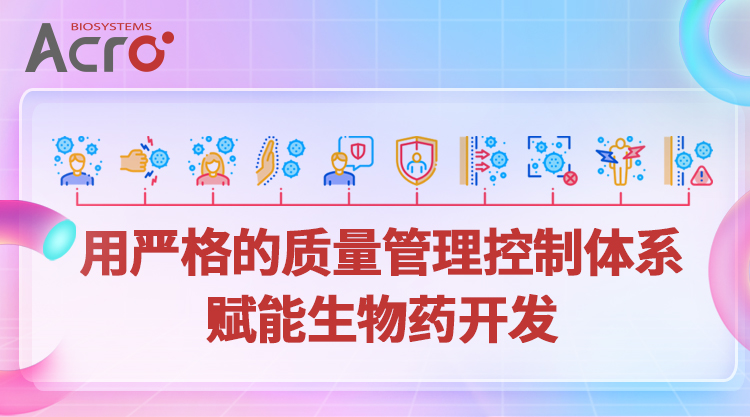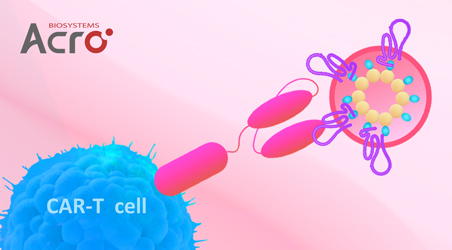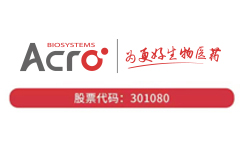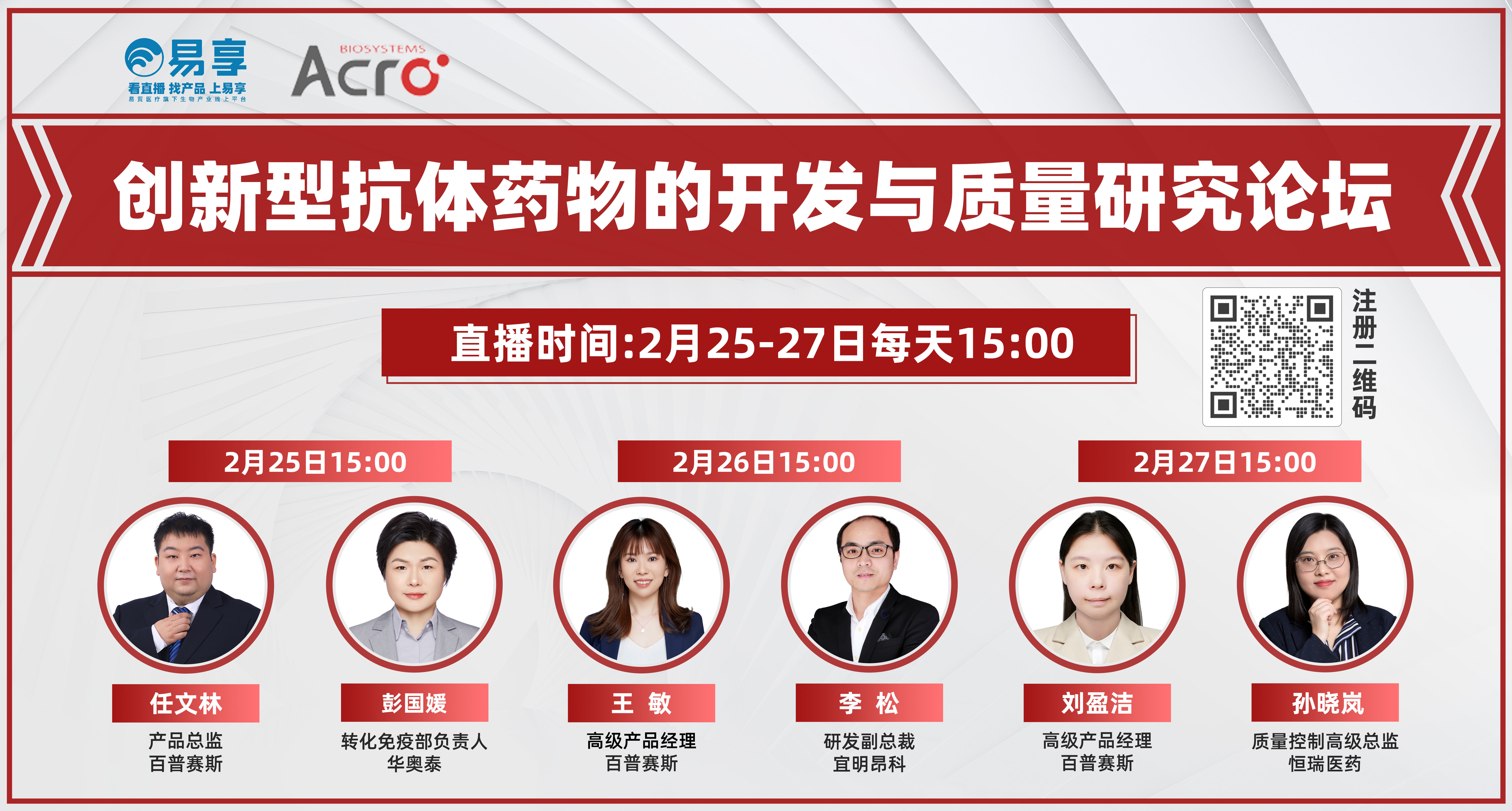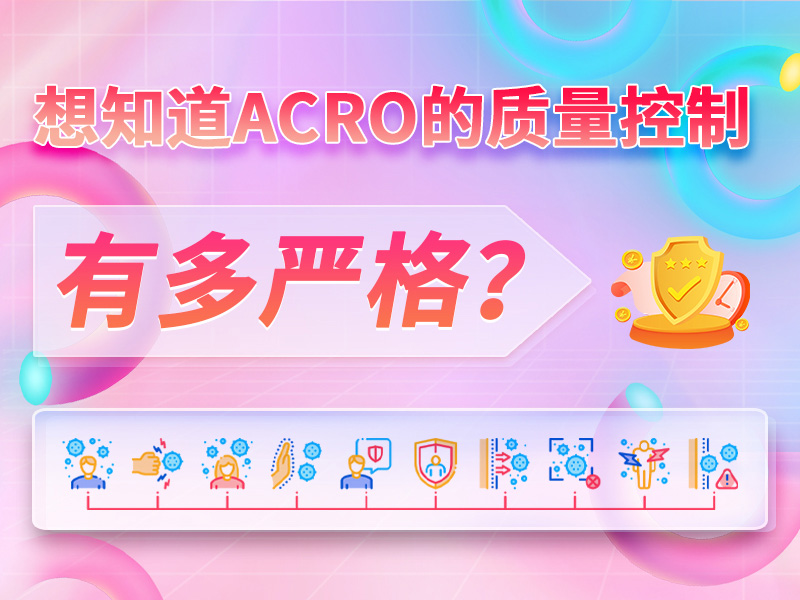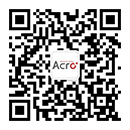应用(Application)
Flow Cytometry (Evaluation of the expression of CD127 on Human cells).
克隆号(Clone)
R514
种属(Species)
Mouse
亚型(Isotype)
Mouse IgG1 | Mouse Kappa
特异性(Specificity)
This product is a specific antibody specifically reacts with CD127 protein
种属反应性(Reactivity)
Human
免疫原(Immunogen)
Purified Human CD127 Protein.
偶联(Conjugate)
APC
Excitation Wavelength: 640 nm
Emission Wavelength: 661 nm
推荐稀释比(Recommended Dilution)
1:20
制剂(Formulation)
Supplied as 0.2 μm filtered solution in PBS, pH7.4, 0.03% Proclin 300, 11% Trehalose, 0.2% BSA.
Contact us for customized product form or formulation.
存储(Storage)
Please protect from light and avoid repeated freeze-thaw cycles.
This product is stable after storage at:
- Store at 2-8 °C for 12 months.
活性(Bioactivity)-FACS

Flow cytometric analysis of Human PBMC staining with APC-Labeled Monoclonal Anti-Human CD127 Antibody, Mouse IgG1(R514) (Cat. No. FABm011-02) at 1:20 dilution (5 μL of the antibody stock solution corresponds to labeling of 1e6 cells in a final volume of 100 µL), compared with isotype control antibody. APC signal was used to evaluate the binding activity.
Protocol
背景(Background)
Interleukin 7 Receptor alpha (IL-7 R alpha ), also known as CD127, is a 75 kDa hematopoietin receptor superfamily member that plays an important role in lymphocyte differentiation, proliferation, and survival. Mature human IL-7 R alpha consists of a 219 amino acid (aa) extracellular domain (ECD) with one fibronectin type-III domain and a WSXWS motif, a 25 aa transmembrane segment, and a 195 aa cytoplasmic domain. Alternate splicing of human IL-7 R alpha generates a secreted soluble form of the receptor. Within the ECD, human IL‑7 R alpha shares 67% aa sequence identity with mouse and rat IL-7 R alpha. IL-7 R alpha associates with the common gamma chain ( gamma c) to form the functional high affinity IL-7 receptor complex. The gamma c is also a subunit of the receptors for IL-2, -4, -9, -15, and -21. IL-7 R alpha additionally associates with TSLP R to form the functional receptor for thymic stromal lymphopoietin (11, 12). TSLP indirectly regulates T cell development by modulating dendritic cell activation. Knockout of TSLP R in mice provokes minor changes in B and T cell development compared to those seen with IL-7 R alpha deletion. The complexity of IL-7 R alpha biology is suggested by the competition between IL-7 and TSLP for receptor binding and by the ability of IL-7 R alpha to form functional complexes with SCF R and HGF R.
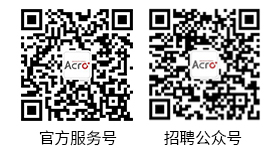


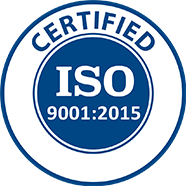
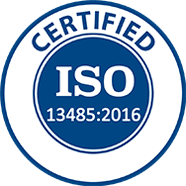
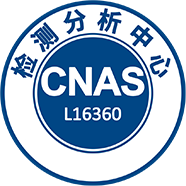






































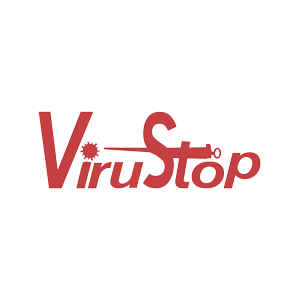










 膜杰作
膜杰作 Star Staining
Star Staining
